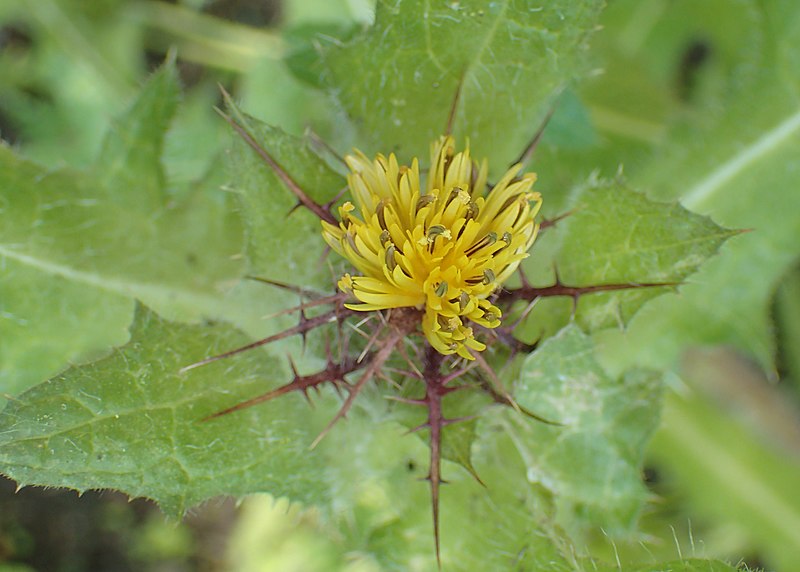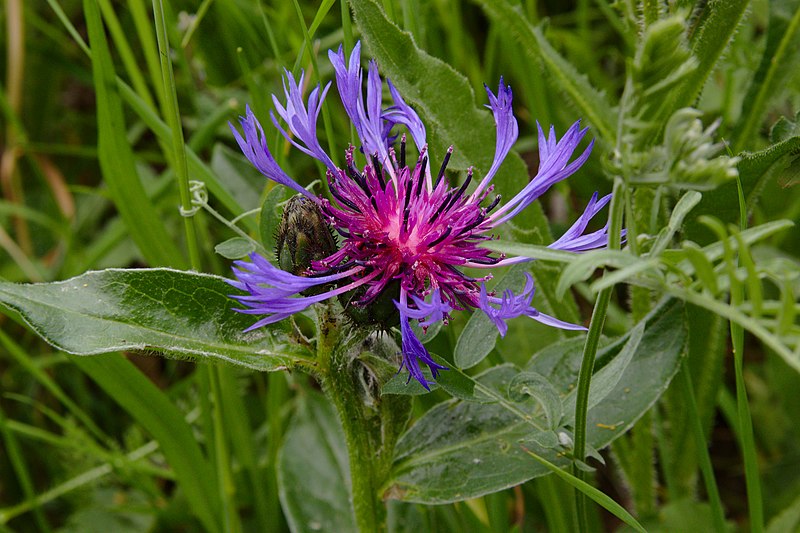Centaurea benedicta
Centaurea montana
blessed thistle
mountain bluet, mountain cornflower, montane starthistle
Leaves alternate, entire, and lanceolate.
Heads discoid, terminal and solitary on the stem;
flowers blue, the long corolla tube deeply five-lobed;
involucre bracts imbricate, with bristly margins.
Achene.
Centaurea benedicta
Centaurea montana
Occurring east of the Cascades crest in Washington; Washington to California, east to the Rocky Mountains, also in eastern North America.
Occurring chiefly west of the Cascades crest in Washington; Alaska to Oregon, east to Montana, Idaho, and Utah, also from Great Lakes region to northeastern North America.
- Local floras:
CA,
OR,
WA
- Local Web sites:
CalFlora,
CalPhotos,
Flora NW,
PNW Herbaria
WildflowerSearch
iNaturalist (observations)
USDA Plants Database
- LBJ Wildflower Center
- SEINet
- Plants of the World Online
- Encyclopedia of Life
- Wikipedia
- Google Image Search
- Local floras:
BC,
OR,
WA
- Local Web sites:
Flora NW,
PNW Herbaria
WildflowerSearch
iNaturalist (observations)
USDA Plants Database
- LBJ Wildflower Center
- SEINet
- Plants of the World Online
- Encyclopedia of Life
- Wikipedia
- Google Image Search



